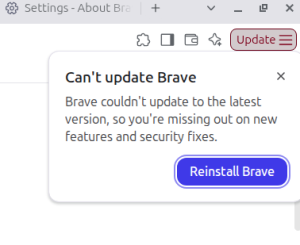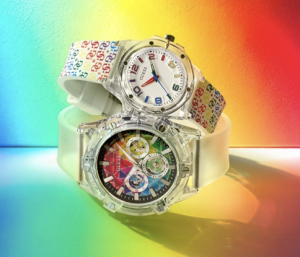Curiosity Finds Table Salt on Mars
Going to Mars? Don’t forget to pack the saltshakers.
The Curiosity rover has reached a region on Mount Sharp that has plenty of salts like magnesium sulfate, calcium sulfate, and sodium chloride. Sodium chloride is commonly used in cooking and as table salt. Epsom salt is a form of magnesium sulfate, possibly making it useful if a future Martian explorer twists their ankle. Future Martians would only need a way to extract it.
The salt deposits were left behind when the surface water in the area disappeared. This part of Mars used to have lakes and rivers, but they dried up billions of years ago. The water also left behind popcorn-textured nodules that could only have formed in its presence.
The Mars Reconnaissance Orbiter spotted evidence of the salt deposits in the Mount Sharp region well before Curiosity arrived. This became a factor in choosing Curiosity’s landing site so scientists could take a closer look.
Not that getting samples is easy in an environment where they can’t just send a replacement part if something breaks. Mission planners had to account for stresses on a drill used to pulverize rock for testing.
They ended up choosing a rock called Canaima. At first, they were concerned that the rock was too hard for the drill at the end of Curiosity’s arm.
“The lack of scratch marks or indentations was an indication that it may prove difficult to drill,” said Curiosity project manager Kathya Zamora-Garcia.
The drill can use a percussive method to get samples from rocks. As it turned out, though, Curiosity needed no percussion to get a good sample from Canaima.
Getting there was also not easy for the slow-moving rover. It took a month to navigate between the “Deepdale” and “Bolivar” buttes using a small canyon known as Paraitepuy Pass. The buttes could block its communications with Earth, so it had to carefully orient its antennas to send and receive radio signals.
The journey could have been hard on Curiosity’s wheels. Sharp rocks could damage its tread. It could also have gotten stuck in deep sand with no way to escape, like the Spirit rover did. (Curiosity did briefly get stuck, but managed to get out of it.)
When Curiosity made it to the salty region, scientists were rewarded with an impressive view.
“The sand ridges were gorgeous. You see perfect little rover tracks on them. And the cliffs were beautiful – we got really close to the walls,” said Elena Amador-French, Curiosity’s science operations coordinator.
Curiosity still has to be careful with navigation. The rocky terrain on this part of Mount Sharp makes it tough to choose a path where all six wheels are on stable ground. The arm has to stay stowed when it isn’t in use to avoid banging it on jagged rocks.
The Curiosity rover marked ten years of operations on Mars earlier this year, having gone through the now-famous “Seven Minutes of Terror” landing in 2012. If that rover could drink, it could’ve celebrated with a fancy drink in a salt-rimmed glass.





